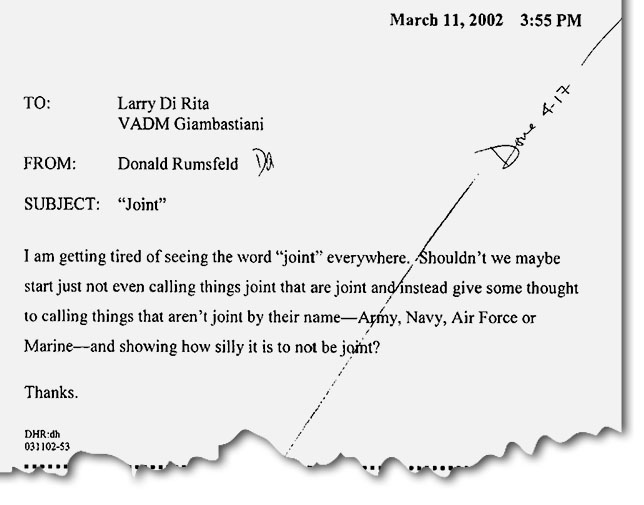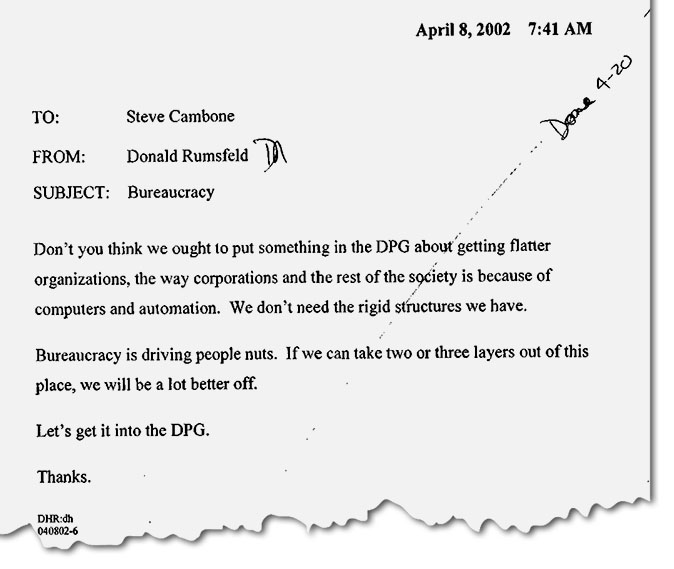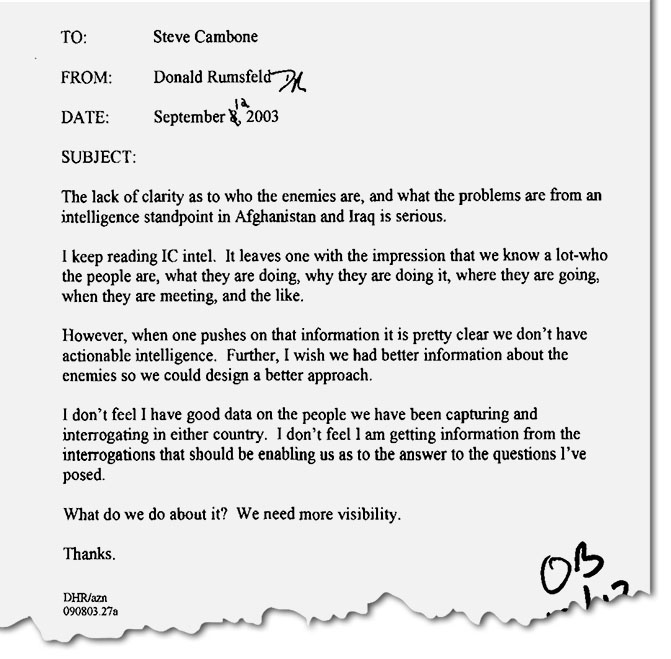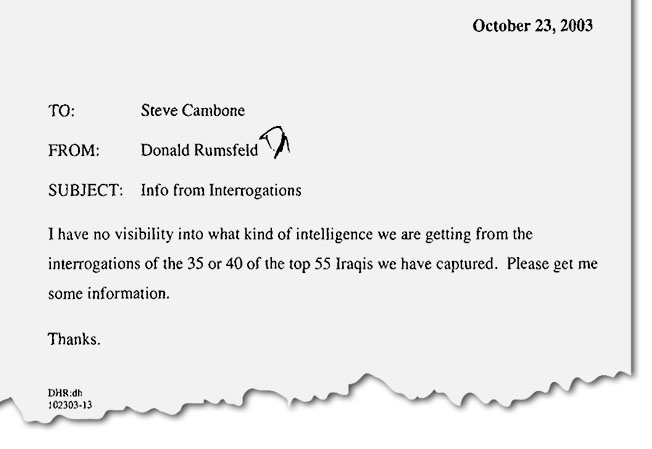In part from the WSJ:
Shock waves rippled through the investment world when China halted the initial public offering of Ant, which would have been the world’s biggest. The decision was signed off by President Xi Jinping after controlling shareholder Jack Ma infuriated government leaders by criticizing government financial regulation in an October speech, The Wall Street Journal reported.
For the past several years, the retirement savings of America’s police, firefighters and teachers have increasingly found their way to private companies in China such as Ant. Anxious to meet ambitious return targets in a low-yield world, large North American pension funds have committed growing sums to both global private-equity managers active in China and managers local to China, according to pension officials and their advisers and investment reports.
This has contributed to a larger boom in Chinese deal making for U.S. institutional investors. Private-equity-backed deals of $300 million or more in China involving exclusively U.S.-based investment managers totaled nearly $13 billion between 2010 and 2019, according to Preqin data. Deal activity peaked in 2018 at $3.78 billion. For investors and investment managers world-wide in 2020, private-equity investment in internet and technology in China was $52 billion, according to consulting firm Bain & Co.
***
To put a finer point on the matter:
China overtook the U.S. as the world’s top destination for new foreign direct investment last year, as the Covid-19 pandemic amplifies an eastward shift in the center of gravity of the global economy.
New investments by overseas businesses into the U.S., which for decades held the No. 1 spot, fell 49% in 2020, according to U.N. figures released Sunday, as the country struggled to curb the spread of the new coronavirus and economic output slumped.
China, long ranked No. 2, saw direct investments by foreign companies climb 4%, the United Nations Conference on Trade and Development said. Beijing used strict lockdowns to largely contain Covid-19 after the disease first emerged in a central Chinese city, and China’s gross domestic product grew even as most other major economies contracted last year.
The 2020 investment numbers underline China’s move toward the center of a global economy long dominated by the U.S.—a shift accelerated during the pandemic as China has cemented its position as the world’s factory floor and expanded its share of global trade.
While China attracted more new inflows last year, the total stock of foreign investment in the U.S. remains much larger, reflecting the decades it has spent as the most attractive location for foreign businesses looking to expand outside their home markets.
Foreign investment in the U.S. peaked in 2016 at $472 billion, when foreign investment in China was $134 billion. Since then, investment in China has continued to rise, while in the U.S. it has fallen each year since 2017.
The Trump administration encouraged American companies to leave China and re-establish operations in the U.S. It also put Chinese investors on notice that acquisitions in the U.S. would face new scrutiny on national security grounds—cooling Chinese interest in American deal making.
In 2020, the Washington Post reported:
The federal retirement fund is about to invest in China. Some former U.S. military leaders object.
The result, the letter said, will be that a portion of money in the fund will be invested in Chinese companies including “weapons manufacturers, U.S.-sanctioned entities and other malevolent enterprises of the Chinese Communist Party.”
“It is especially intolerable to those of us who have proudly served the Nation in uniform that our retirement investments will help its enemies threaten our comrades-in-arms and the country we love,” said the letter, whose signers include two former White House national security advisers, retired Commandant of the Marine Corps Gen. James L. Jones and retired Navy Vice Adm. John M. Poindexter.
The letter was released in coordination with the Committee on the Present Danger: China, which defines its mission as “to educate and inform American citizens and policymakers about the existential threats presented from the Peoples Republic of China under the misrule of the Chinese Communist Party.” The group, a successor to similarly named Cold War-era organizations, was reconstituted last year by Stephen K. Bannon, former chief strategist to President Trump, and others who hold hawkish views on China.
The letter was meant to draw the attention of current military leaders, Trump, Congress and TSP investors, said Frank Gaffney Jr., vice chairman of the group, in a phone interview.










 to today, this moment….
to today, this moment….